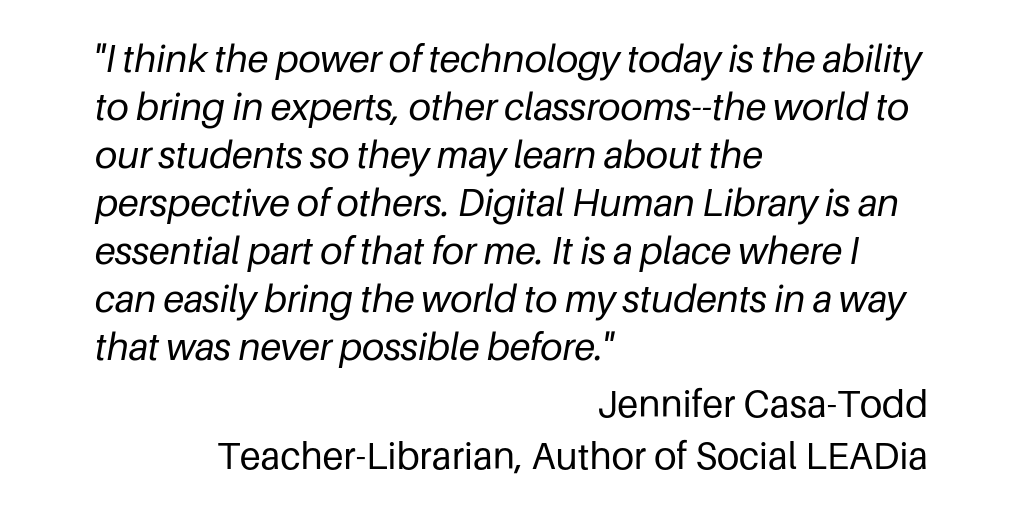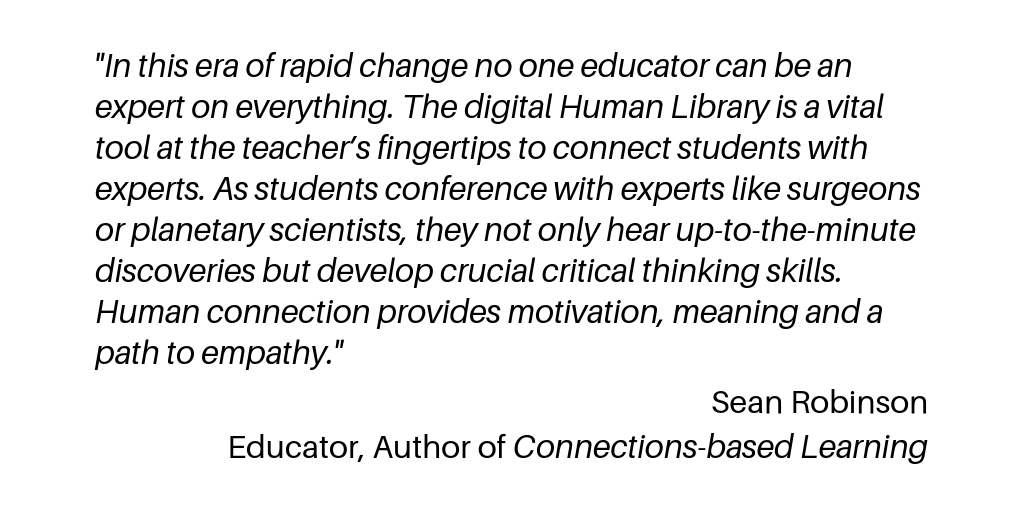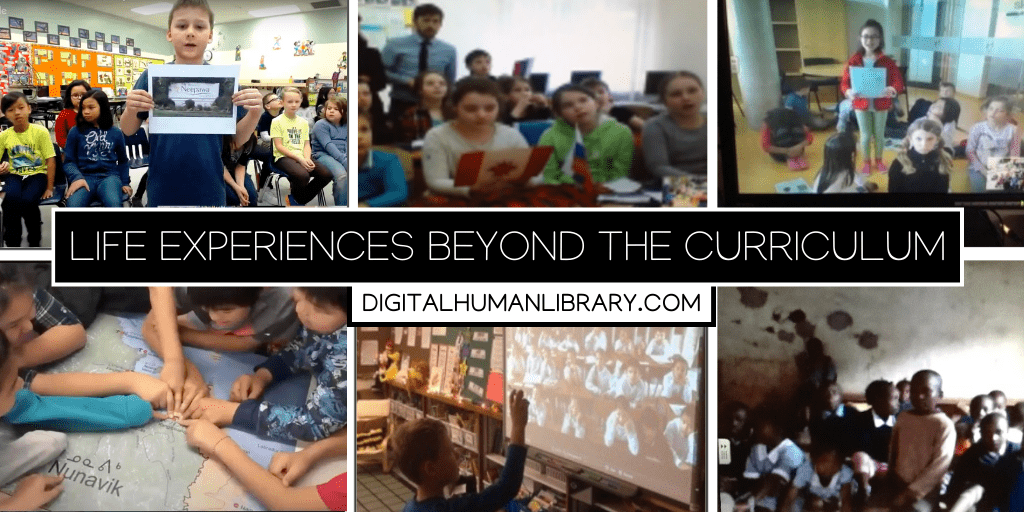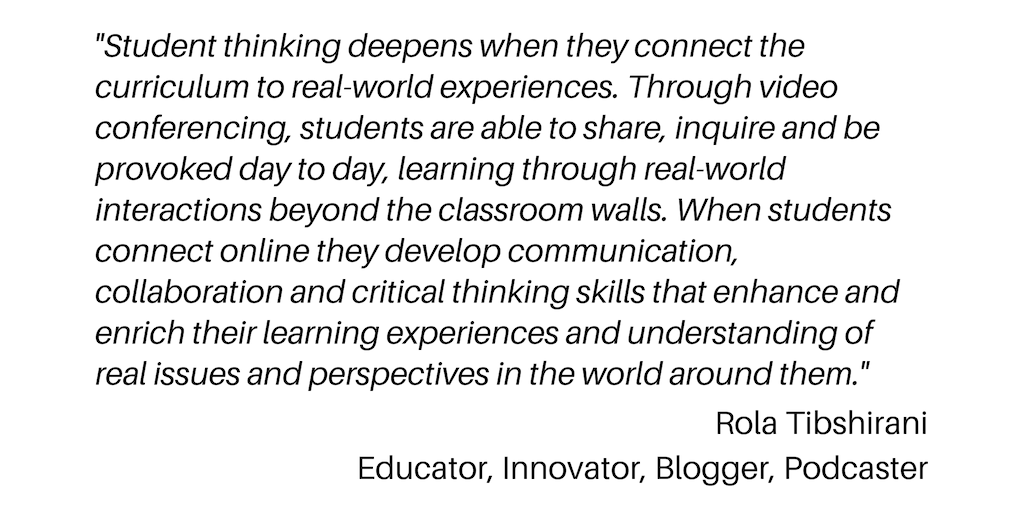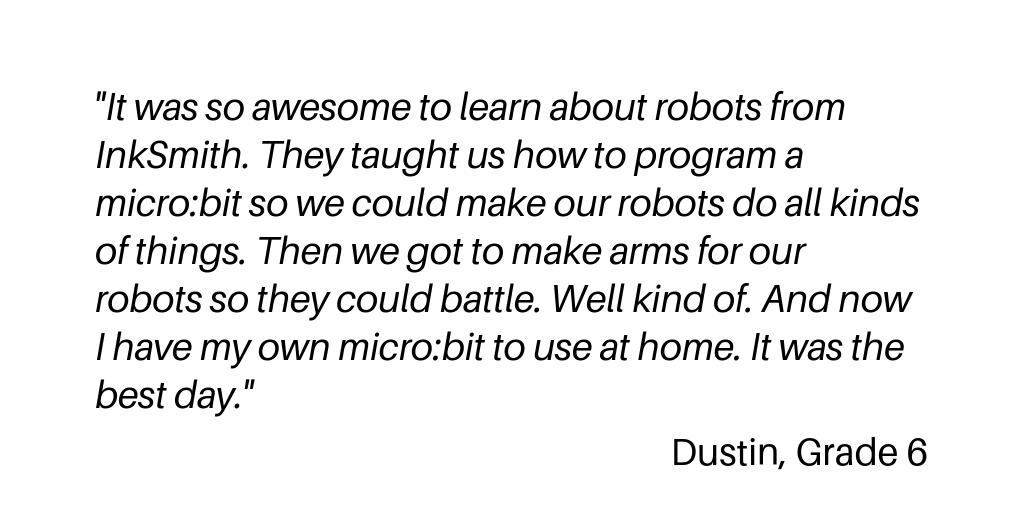 It is hard to pin the exact number of educators that use video games as a learning tool. That number remains bereft. It is not hard to say though, that with 21st century technologies driving the educational experience, video games have a place in the classroom. And in some areas around the world they have found that place.
It is hard to pin the exact number of educators that use video games as a learning tool. That number remains bereft. It is not hard to say though, that with 21st century technologies driving the educational experience, video games have a place in the classroom. And in some areas around the world they have found that place.
Teachers from Sweden, Denmark, United States, Australia and Canada use Minecraft to help students learn anything from city planning to the laws of gravity or environmental issues.
In Boston, Naureen Meraj and Imran Sayeed setup the Institute of Game Accelerated Multidisciplinary Education – iGAME for short – a nonprofit company that focuses on developing innovative educational games for school. Their goal is to bridge the gap between educational institutes and students by providing an engaging and meaningful learning experience.
On September 28, 2013, iGAME brought investors, entrepreneurs, educators, academics and students together to hear about the latest breakthroughs in educational games. The iGAME lab offered workshops and start-up patches on how effective games can be in the classroom. In the future, iGAME’s vision is to advance students through experiential learning and make “educational games a core part of the school curriculum.”
The company takes a certain approach in bringing video games to the classroom: they build the games from the ground-up with the sole intention of making those games accessible to students and teachers. But most educators depend on “gamification”. Gamification relies on the use of game-design thinking in non-game applications. This strategy remains fairly popular in Canadian classrooms, where educators take the problem-solving techniques of video games and adapt them to motivate learning.
 But both strategies suffer important drawbacks. Whether it’s the advent of smartphones, tablets or the upcoming Google Glass and other wearable technology, implementation on a wide scale takes time and money; especially when the technology in question remodels its use from something casual to something with real purpose – something outside of itself.
But both strategies suffer important drawbacks. Whether it’s the advent of smartphones, tablets or the upcoming Google Glass and other wearable technology, implementation on a wide scale takes time and money; especially when the technology in question remodels its use from something casual to something with real purpose – something outside of itself.
Games are No Panacea
Developing games solely for education would face small integration difficulties. But here it’s a matter of cost. Take a triple-A title for instance: something like the Call of Duty franchise. On average, one of these titles costs tens of millions dollars to develop over a span of about two years – a relatively short time for development. Ubisoft, a major video game developer and publisher, stated in 2009 that any major title released for Playstation 3 or Xbox 360 costs on average of $20-$30 million, which is expected to increase to around $60 million for next generation – Playstation 4 and Xbox One.
The cheaper solution rests in independent video games, commonly referred to as indie games. Indie games usually involve the work of small teams and sometimes just individuals. What would normally cost millions of dollars costs only thousands. And the last several years have experienced a tremendous rise in indie video game development. We see the bulk of these games on phones (Angry Birds, Plants vs. Zombies, Cut the Rope), but many quality indie games remain on computers and consoles. In fact, consoles have tried to capitalize on the indie phenomenon. Playstation 4 and Xbox One offer two free indie games a month when an online subscription is purchased. And its in this sector where you will find video games most suited for education. Minecraft, for example, was developed by only one person and now it’s used all around the world casually and in classrooms. Normally, small teams means the game takes more time, but indie game development is not as resource intensive as triple-A development. Developers, then, focus their resources on what matters. The product is generally stripped down to the essentials leaving something focused, economical, and to the point. And the quality of indie games is only increasing with more and more starting to realize its potential.
If video games were designed for the sole purpose of education, they would most likely arise from indie game development.
Gamification
 Most educators contend with gamification to bring video games to the classroom. Though this method is the most inexpensive and time efficient, video games are not a one-size-fits-all. Games will not pair with lesson plans so easily. One of the more difficult tasks with this strategy is matching the game with learning taxonomies.
Most educators contend with gamification to bring video games to the classroom. Though this method is the most inexpensive and time efficient, video games are not a one-size-fits-all. Games will not pair with lesson plans so easily. One of the more difficult tasks with this strategy is matching the game with learning taxonomies.
Sometimes, the game content matches the content of the course:
|
Game |
Game Content |
Course Content |
|
Age of Empires, Civilization |
History |
History |
|
Sim City |
Geography, Civil Engineering |
Geography, Civil Engineering |
|
Law & Order, C.S.I. |
Criminal Justice |
Criminal Justice |
Other times, not the game content, but the gameplay matches the course content:
|
Game |
Gameplay |
Course Content |
|
Roller Coaster Tycoon |
Build machines to certain specifications and tolerances; micromanage costs and tourists; macromanage theme park |
Engineering; Mathematics; Design |
|
Minecraft |
Harvest materials; Build shelters; Survive |
Creativity; Teamwork; Planning |
|
Cut the Rope |
Cut Om Noms rope(s) at specific time to reach objective |
Laws of motion, gravity, tension and momentum |
Even when video games don’t seem to make the perfect match, certain learning strategies crossover. Puzzle games, for instance, promote levels of learning across a wide age breadth. Though something like Angry Birds might seem simple, the level of physics behind it are remarkable for a game that costs a looney.
Ms. Hiltbrand, a middle-school physics teacher in Houston, researched the physics behind Angry Birds and devised a lesson plan in terms of Newton’s laws of one-dimensional motion. Ms. Hiltbrand incorporated aspects of the scientific method into a seemingly basic iPhone game.
And often overlooked advantage of learning with video games is the “soft skills” they promote. Research shows that traits like self-confidence, persistence, self-control and the ability to work in a group are mostly developed at an early age and are critical to success later in life. Teachers are using video games to develop those skills.
Even classic trial-and-error gaming in Angry Birds teaches a level of persistence. Video games allow students to explore, be curious, and persist through negative outcomes. Sometimes the best way to learn is to fail, reassess, and try again. Since the stakes are so low, this creates a positive relationship with failure.
Intrinsic motivation keeps students playing and “Flow” puts them in the highest possible learning state where failure isn’t a low grade or a mark of shame, but an invitation to try again. Video games might be expensive to develop, take long to produce and face trouble integrating into the classroom. But when almost every student goes home after school and sprawls their hands over a keyboard or wraps them around a controller for hours on end, what could that enthusiasm mean if it were bottled up and thrown into a learning environment?
Adrian Nowicki
Sources
Warshaw, M. (2013, September 23). Those who can play, teach: Video games in the classroom. State of Play. Retrieved from bo.st/1cOskYS
This post is also available in: English (Anglais)



